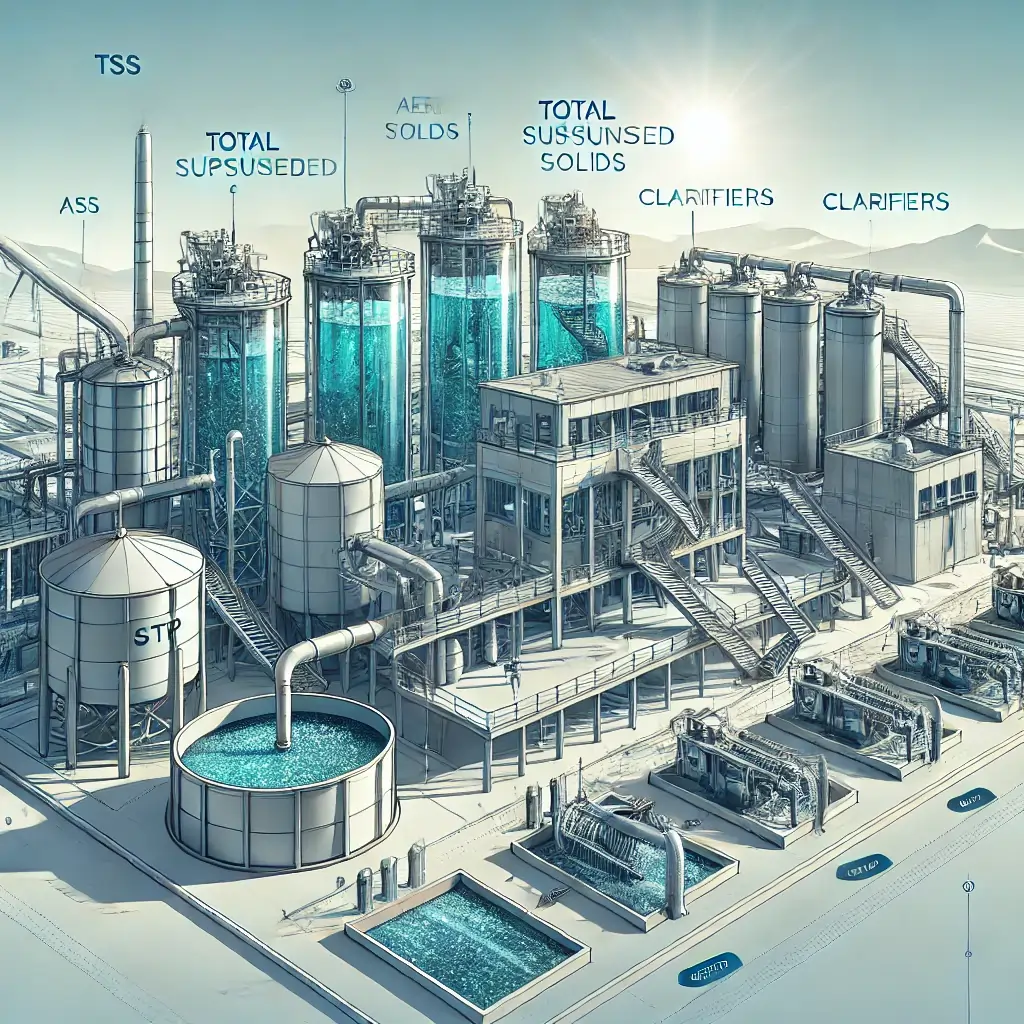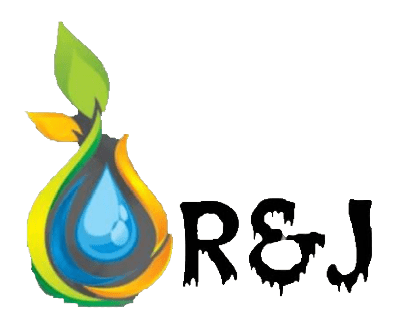What is TSS in STP Plant?
Total Suspended Solids (TSS) is one of the most critical parameters in sewage treatment plants (STPs) that helps assess the quality of wastewater. TSS refers to the solid particles suspended in water, which can include organic matter, dirt, sand, algae, and other materials. These suspended solids can cause significant problems for the treatment plant, aquatic life, and the overall environment if not efficiently removed. The level of TSS in water directly impacts the efficiency of the sewage treatment process and the quality of the treated effluent. In this article, we will explore the significance of TSS in wastewater management, its sources, effects on the environment, and methods for effective removal in STPs.

What is TSS in an STP Plant?
At R&J Waste Water Treatment Organization, we believe in empowering our clients with knowledge to better understand the processes involved in wastewater treatment. One such crucial concept is TSS, which stands for Total Suspended Solids.
What are Total Suspended Solids (TSS)?
TSS refers to the solid particles that are suspended in water but are not dissolved. These solids include organic and inorganic matter, such as silt, decaying plant material, industrial waste, and microorganisms.
In the context of a Sewage Treatment Plant (STP), TSS plays a critical role in determining the efficiency and health of the treatment process. It serves as a key indicator of water quality, as high levels of TSS can impact both the treatment process and the environment when discharged.
Why is TSS Important in STP Operations?
- System Efficiency: High TSS levels can overload treatment systems, making it harder for them to operate efficiently.
- Environmental Impact: If untreated or improperly treated water with high TSS is released, it can harm aquatic life by reducing oxygen levels and blocking sunlight.
- Compliance: Regulatory bodies often set strict limits on the TSS levels in treated water before it can be discharged into natural water bodies.
How is TSS Measured?
TSS is typically measured in milligrams per liter (mg/L). The process involves filtering a known volume of water through a fine filter, drying the solids retained on the filter, and weighing them. This helps determine the concentration of suspended solids in the sample.
Managing TSS in STP Plants
At R&J Waste Water Treatment Organization, we employ advanced methods to manage and reduce TSS levels, ensuring compliance with environmental regulations. Some of the techniques include:
- Primary Sedimentation: Allowing solids to settle in sedimentation tanks.
- Biological Treatment: Using microorganisms to break down organic matter.
- Filtration Systems: Removing fine particles through sand or membrane filters.
By maintaining optimal TSS levels, we ensure the treated water is safe for discharge or reuse.
Conclusion
Understanding and controlling TSS in sewage treatment plants is essential for maintaining water quality and protecting the environment. At R&J Waste Water Treatment Organization, we are committed to providing innovative and effective solutions for wastewater management. Contact us today to learn more about our services and how we can assist you in achieving your water treatment goals.
